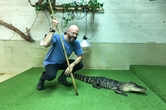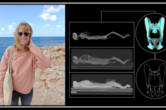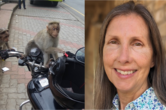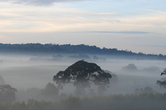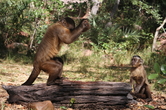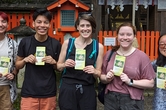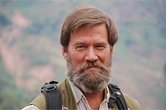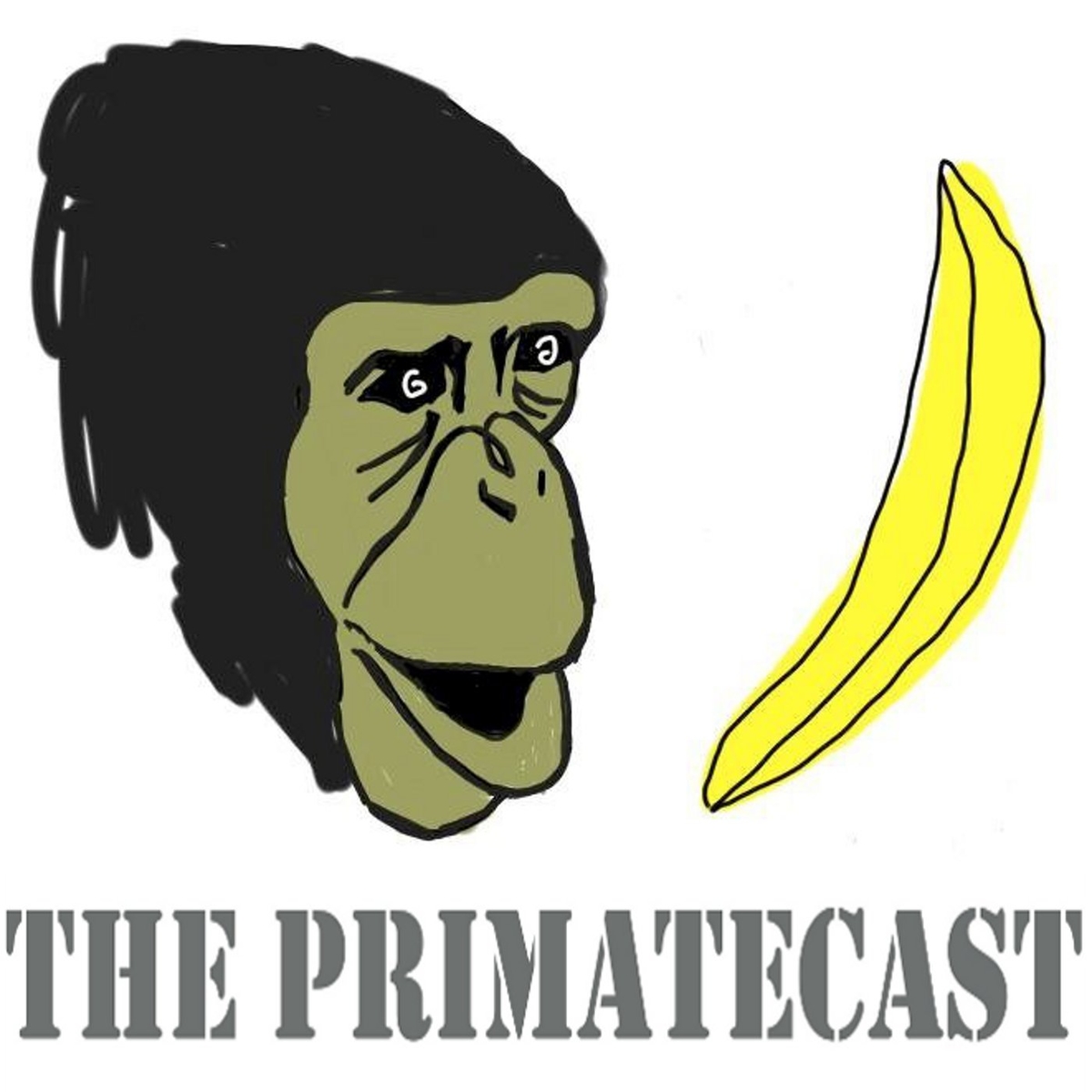An amicable separation of the chest and the hip on two legs
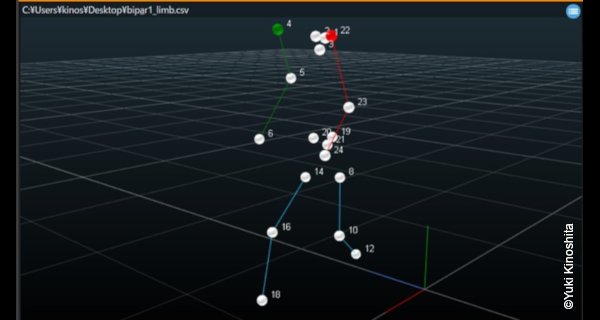
At a social gathering (responsibly held online), your primatologist friend may tell you a story that begins like this:
"A monkey walks into a hot spring with sweet potatoes in its hands..."
"But wait!" you interject, as someone who is intensely curious about primate evolution, "How does a monkey walk on two legs?"
Fortunately, that's a question that Yuki Kinoshita, a doctoral student in the Evolutionary Morphology section, and his colleagues have been asking as part of a broader investigation into the evolution of bipedal locomotion in hominids.
They recently published a paper showing that Japanese macaques, when trained to walk on two legs, counter-rotate their chest region against the rotation of the hip, in a way that is remarkably similar to what humans do. This mechanism reduces unwanted rotation of the upper body, making bipedal locomotion more efficient (try and see how awkward walking becomes when you consciously swing your chest together with your hip bone—it's tiring, isn't it?).
Until recently, scientists thought that mechanism was unique to habitually-bipedal hominids like humans, and was enabled by their unique body proportions and vertebral shapes. Studies in the last few years, however, have shown that the counter-rotation of the chest happens in the chimpanzee and now the Japanese macaque—a non-hominid primate. These findings challenge the previous assumptions about the forms and functions of skeletal parts, and call for rethinking of how our fossil relatives could walk.
We asked Yuki to give us an inside look at his research at PRI.
CICASP: Tell us how you came to study the evolution of bipedalism in primates. How did you become interested in the topic?
Kinoshita: As an undergraduate student, I studied a range of subjects related to humans—anthropology, psychology, education, and sociology—in the Department of Human Sciences at Osaka University. I was particularly interested in human anatomy. It is said that the upright posture allows humans to use their hands, which in turn promotes brain expansion and the use of spoken language. I became interested in studying how bipedalism, the root of humanity, evolved and decided to start working on this topic.
Yuki digitally analyzing the shape of a macaque vertebra [Photo credit: Yuki Kinoshita]
CICASP: What is the most challenging part of your research?
Kinoshita: The difficult part is the experiment. Since Japanese macaques do not understand our language, we need to set up the environment so that they can walk well. We also need a certain amount of training time for them to get used to the experimental environment. However, I believe that the data obtained through such hard work is invaluable.
CICASP: Were you surprised by the results of your study?
Kinoshita: I was surprised by the results. I had suspected that Japanese macaques would rotate their trunk around the body axis just like chimpanzees during bipedal walking. However, I found that they did indeed rotate their trunk, but even the amount of rotation was similar to humans and chimpanzees. This suggests that there is an optimal value for the rotation common among species. What determines this amount still needs to be studied.
Analysis of 3D motions of a macaque walking on two legs [Photo credit: Yuki Kinoshita]
CICASP: Over many years, a lot of research has been done on the evolution of bipedal locomotion in hominids. In your mind, what are some of the most important questions that have yet to be answered, and how will you approach them?
Kinoshita: There are many things we do not know about the evolution of hominid bipedal locomotion, but I think the most important question is what the locomotion before hominids was like. In fact, there is still controversy about the locomotion of the hominid and chimpanzee's common ancestor.
I focus on the spine, which reflects the locomotion well. Apes have fewer vertebrae and their shapes are more distinctive. It has been said that this is related to upright posture and upright walking. However, there are no studies that have proven this. I am trying to find out by quantifying the movement of the spine during walking and analyzing the relationship between the movement and the shape of the spine in detail.
CICASP: You have managed to turn your master's thesis research into a journal paper in just two years, which is an impressive feat. What advice do you have for graduate students who are struggling to publish their studies?
Kinoshita: In fact, since I continued to work on the same theme from my undergraduate thesis research, it took about three and a half years from the start of the research to the publication of the paper. The only advice I have is to try writing a paper on anything once you get some results. Perhaps your supervisor, senior lab members, or colleagues will read and comment on it. We cannot write a perfect paper from the beginning, so I think it is important to get good cooperation from the people around you.
